Hi friends, I want to share the design thinking manual I created last semester called: Thinking Young. This was a project I toiled with for weeks, wondering if (in the time that I had) it would come together in the way I imagined. In the end, I was really proud of the final product. By writing this manual, I learned and internalized new methods to get "unstuck" and spur creativity. I also integrated theory from the greats who've come before me, including: Buchanan, Dorst, Brown, Lawson & Cross and Thackara. I was inspired by kids, who are some of the most creative beings among us. At their best, they are endless questioners who are unafraid and unabashed when trying something new. As design thinkers, those are all characteristics we should strive to adopt when problem solving.
You can download the full PDF of Thinking Young here.
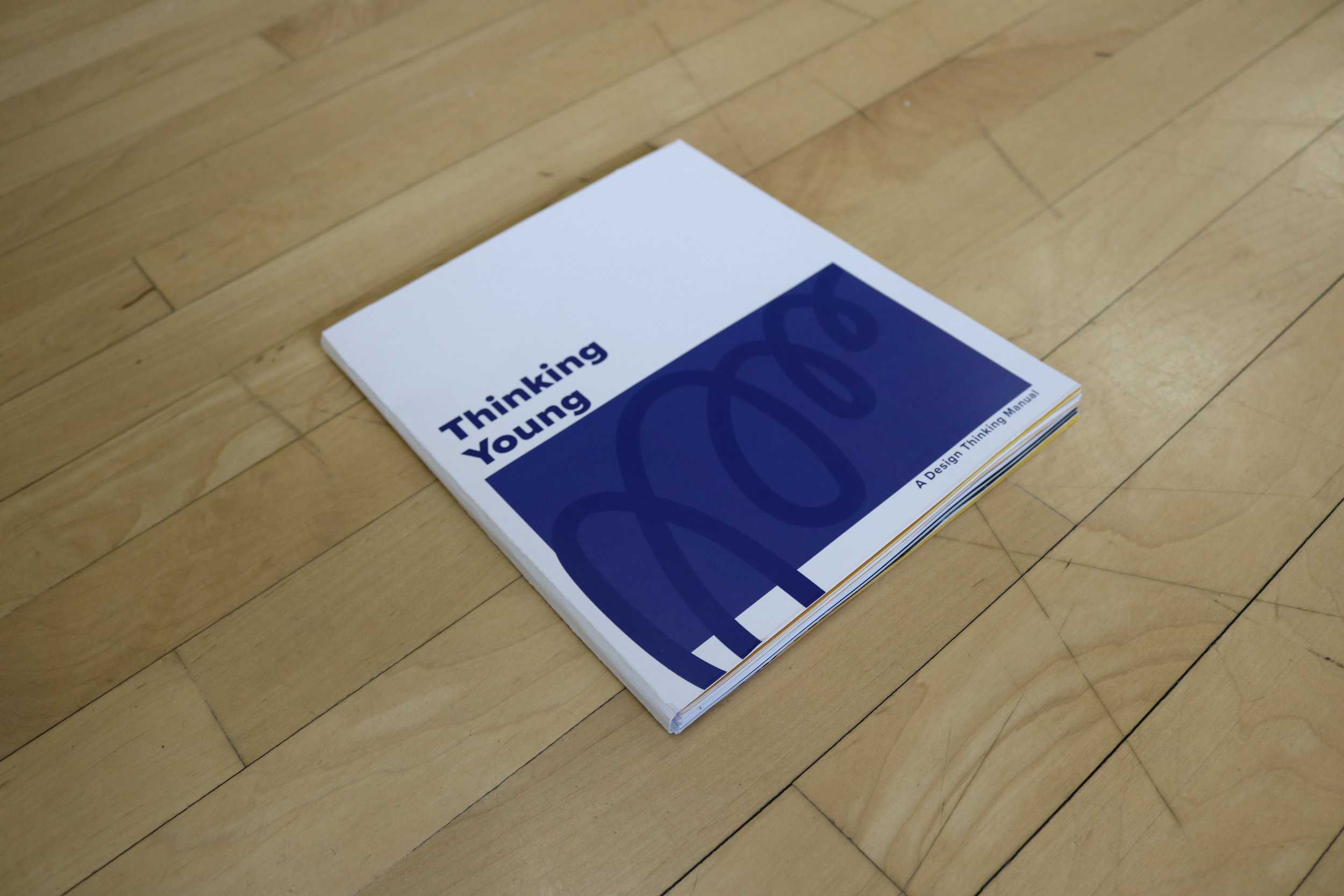
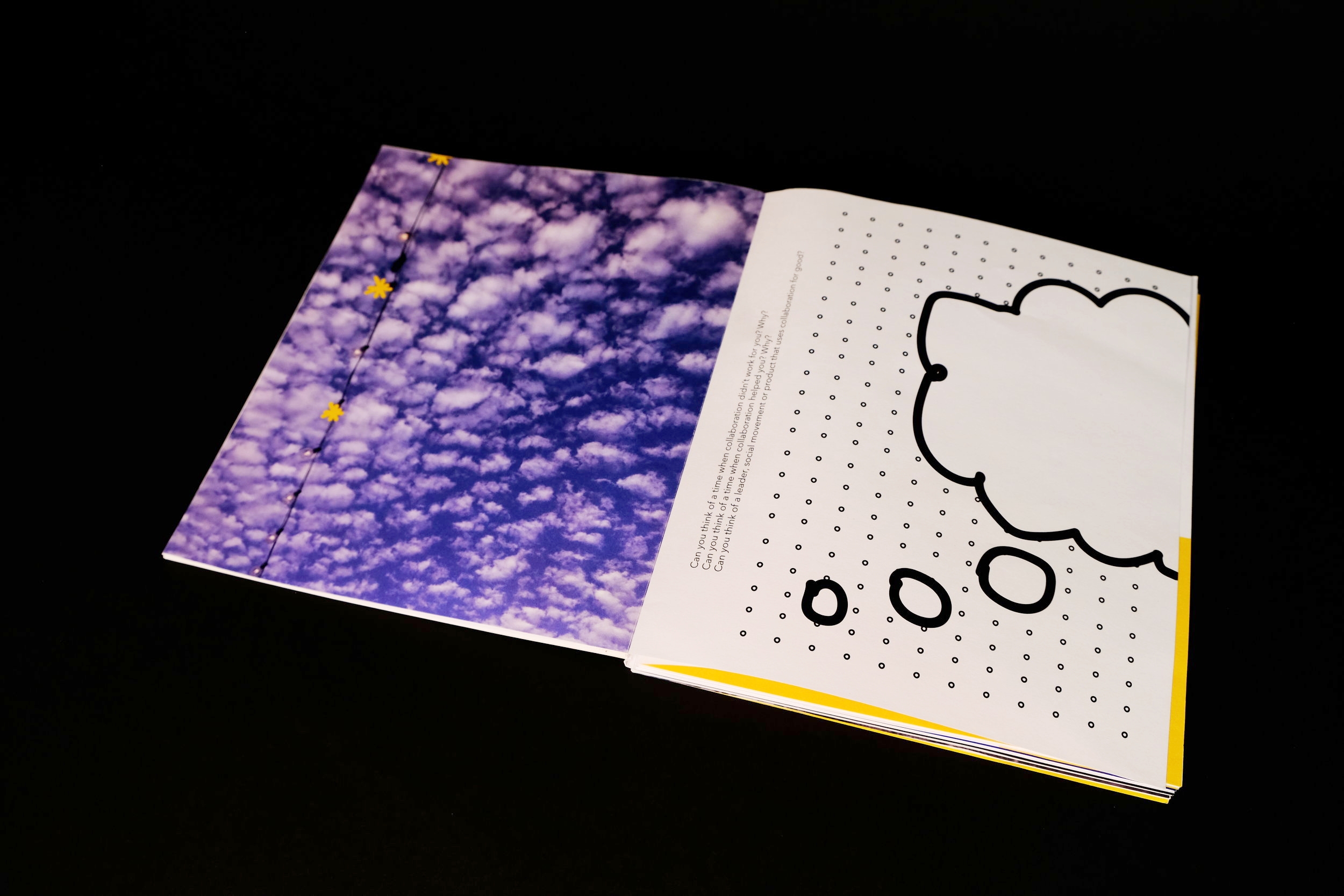
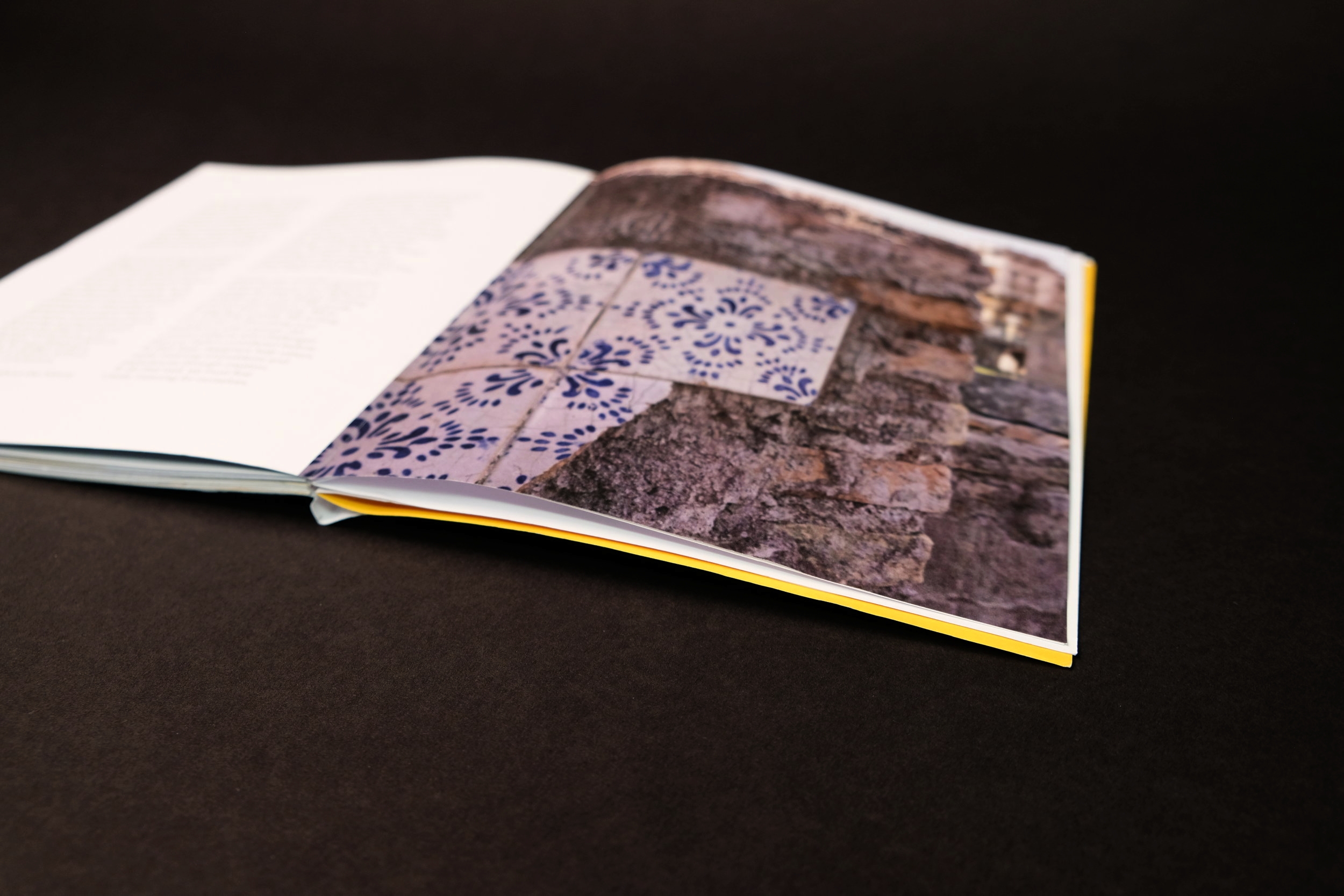
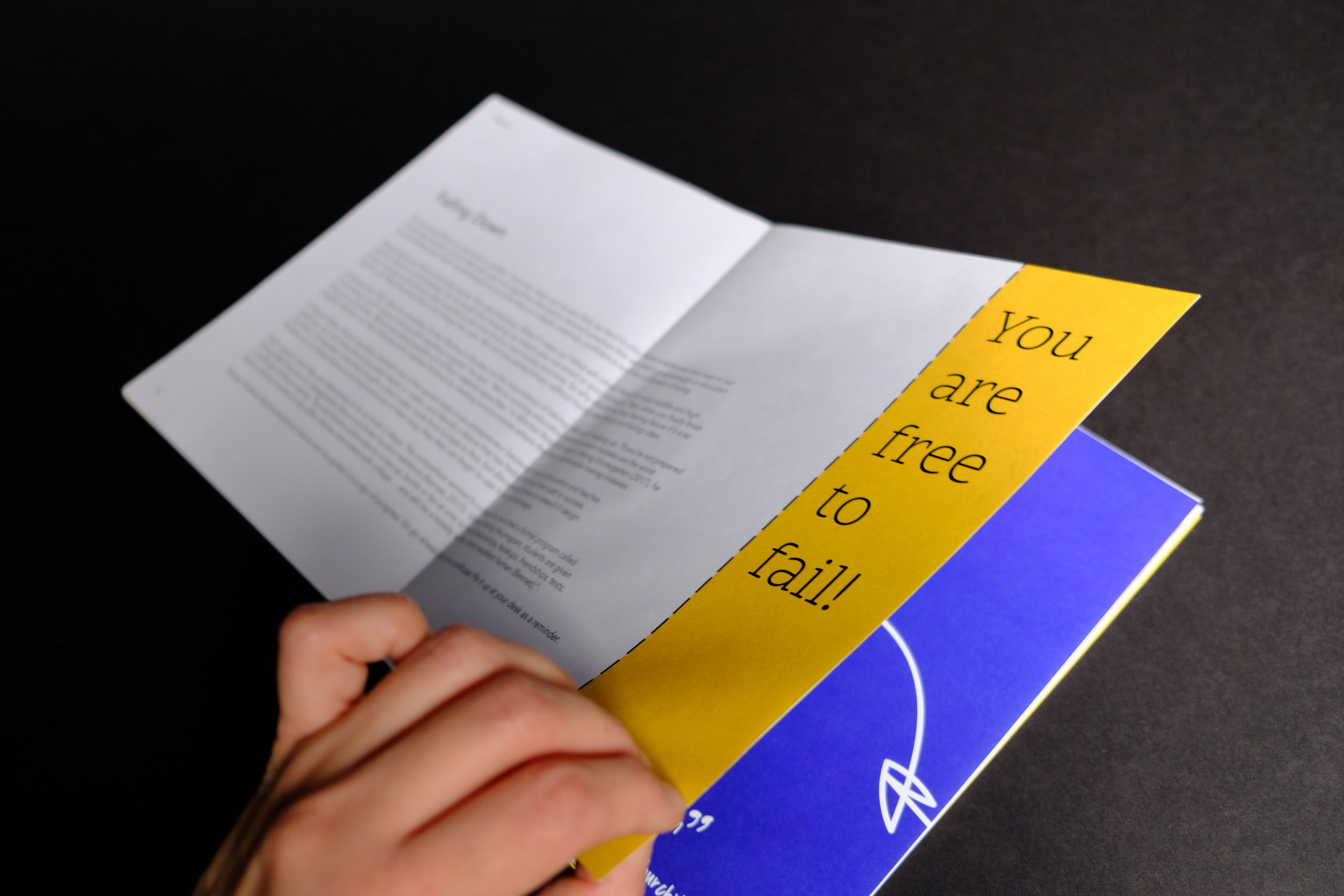
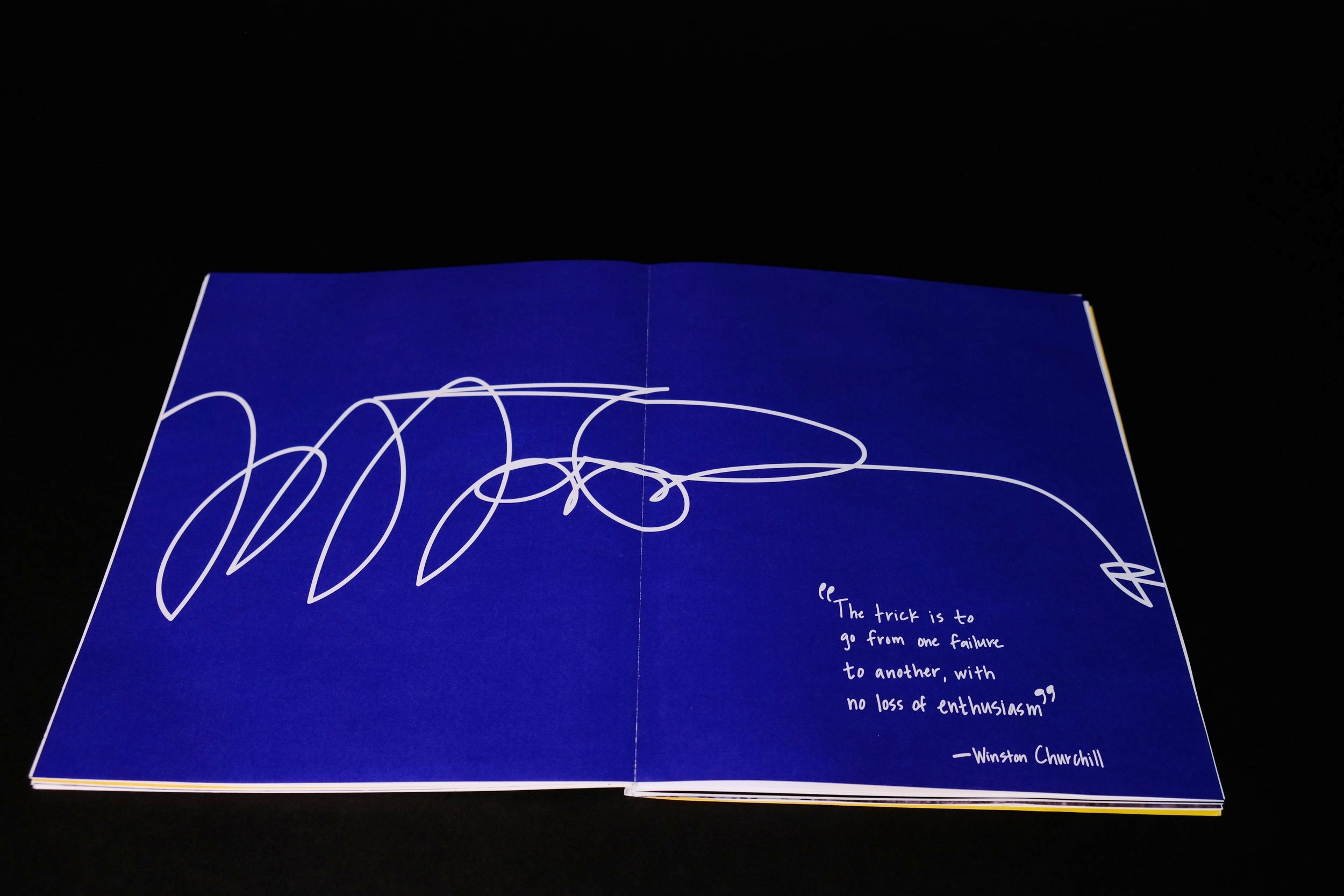
“Different people think about creativity in different ways. The same holds true for design thinking. Over the last few decades, dozens of designers, managers, entrepreneurs, scientists, architects and engineers have weighed in with their definition of design thinking. Some believe it is a designated process for problem solving while others think it’s a physical process of making things. It’s said to be a tool-kit, a never ending loop and a step-by-step intervention. Through my education on this subject, I have learned there is no sweeping definition or cure-all for creativity. Everyone has their own approach and each one of them hold value.
I believe design thinking is a practice that helps you break assumptions, reframe your approach and create new meaning in the process. Only by stepping away from what you know to be true, can you begin to explore new possibilities and unmarked boundaries. There is no one that does this better than the un-knowing hooligans themselves: kids.
This visually-infused guide explores ways for readers to see the world differently by thinking young. Through stories, creative insights, interactive activities and a bit of design theory, readers can discover the inner workings of the creative practice. The eight articles within this guide are organized by category, but can be read in whatever order you prefer. Upon completion of the manual, readers will better understand design thinking and how to apply it in everyday life.
This guide is not a call to forget who you are today or trade in your maturity. The real magic happens when you can combine your current experience with a fresh, curious way of thinking about the world.
Enjoy and embrace thinking young. ”
